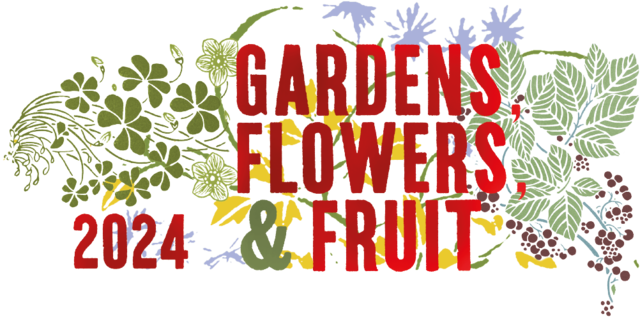More Than Wine: Vineyards and Grapes in Medieval and Early Modern Dutch Gardens

Full description
From the fourteenth century onwards, in the northern Netherlands vineyards did not produce wine, but nevertheless were planted near castles and estates. The grapes were used for verjuice or were eaten fresh, and all other parts of the plant had a purpose as well, illustrating a root-to-shoot approach to foodstuffs. Other reasons for planting and maintaining vines were present. Two examples will illustrate this statement: the vineyards found near the castles in Schoonhoven and Gouda owned by John and Guy of Blois in the last decades of the fourteenth century, and the vines grown by estate owners in the seventeenth century, as documented in garden manuals. The immediate association of vineyards and vines with wine production, as is often the case in studies of the extent of viniculture in medieval and early modern times, needs to be adjusted, and other reasons for the presence of vines need to be considered.
- typeImage
- created on
- file formatpng
- file size497 KB
- container titleGardens, Flowers, and Fruit: Proceedings of the Oxford Symposium on Food and Cookery 2024
- creatorMariëlla Beukers
- publisherEquinox Publishing Ltd.
- publisher placeSheffield, United Kingdom
- series number2024
- series titleOxford Symposium on Food and Cookery
We use cookies to analyze our traffic. Please decide if you are willing to accept cookies from our website. You can change this setting anytime in Privacy Settings.
